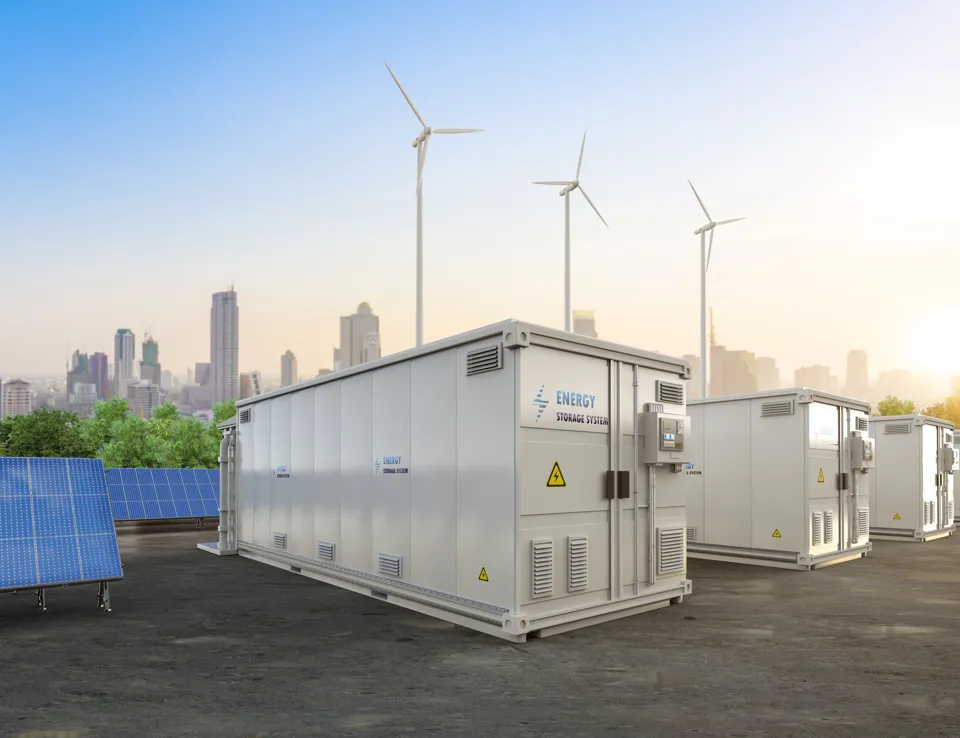Unlocking sustainable economic growth with modern electricity rate design
Power utilities play a pivotal role in the global economy as owners and operators of assets physically sitting between the renewable supply – and associated volatile costs – and the fast-changing load patterns of customer demand. Utility companies must manage numerous risks, such as supply price volatility, increases in infrastructure construction costs, as well as sudden delays or cancellations of ambitious new projects due to market competition and price shocks. Operating in a highly regulated environment and often competing with peers, utilities also grapple with political, internal, and customer pressures to align their actions with broader policy objectives.
This tension intensifies in an era marked by unprecedented uncertainty for project developers in the US and beyond. On the demand-side, exponential growth in electric vehicle (EV) penetration is expected due to imminent internal combustion engine bans – but potentially dampened by persistent customer resistance. Moreover, the emergence of substantial new loads from data centers, heat pumps, and industrial electrification is poised to transform the nature and magnitude of power flows across power grids. In the US alone, data centers are projected to account for over 12% of total power consumption within the next five years. Furthermore, the growth of small-scale embedded power generation is accelerating across both mature and developing markets.
Utilities adhere to two seemingly straightforward principles:
- the revenues allowed should balance the (reasonable and efficiently incurred) costs of providing services to customers, and
- the revenue from sales should balance the revenues allowed to be recovered from sales.
However, if utilities anticipate network reinforcement and supply growth but the actual demand from large consumers, like data centers or EVs, falls short or is delayed, they face financial risks while the broader customer base is exposed to the risk of significant price fluctuations. ‘Rate design’ approaches emerging from “outside-the-box” thinking can help mitigate these risks, some of which we explore below.
EV tariffs
EV tariffs are becoming increasingly popular – even though quite often they are not ‘technically’ tariffs exclusive to EV use. When considering EV tariffs, in the first instance, it is crucial to determine whether their introduction is driven by economics or policy factors. Economics-driven tariffs are typically appropriate to consider when EV charging load is known or predictable, and in systems with time of day cost variations. Purely policy-driven tariffs should be avoided as they introduce price distortions and therefore should be limited in time and scope.
Many jurisdictions are making steps towards EV tariffs without first ensuring that there is a strong economic rationale to do so, resulting in the harsh reality that the distortions must be offset – thereby potentially dampening growth in some sectors of the economies.
Risk sharing mechanisms
Beneficial with large customer segments who are more prone to delays and cancellations, such as data centres. In 2024, for example, Duke Energy in North Carolina revised its billing structure for new data center clients where the updated rate design included "minimum take" clauses, requiring data centers to pay for a predetermined amount of power regardless of actual consumption. Alternatively, other mechanisms could be set as default:
- real-time, critical peak pricing – applies higher rates during extreme demand periods, similar to those implemented by the Pacific Gas & Electric utility
- demand curtailment tariffs – such as Georgia Power’s "Power Credit" program which offers bill discounts for customers who agree to reduce demand during emergencies.
Connection cost charging
An approach which is evolving as even mature markets restrategize to incorporate grid reinforcements in the face of high uncertainty around new load developments. Often requiring reinforcements deep into the main grid, some power utilities are switching or considering switching to deeper reinforcement costs charged to larger consumers (rather than partly subsidised by the wider customer base).
For example, in the UK and since the 1st April 2024, National Grid Electricity Distribution uses specific charges for customers seeking high-voltage connections over 250 kVA. This change was designed to more accurately reflect the costs associated with necessary grid reinforcements for larger connections. The updated approach aims to ensure that customers requiring such substantial capacity contribute to the necessary infrastructure enhancements required to support their connections.
The dawn of (mainly) volumetric rates
In many markets, the combination of prominent volumetric charges and increasing uptake of behind-the-meter generation has resulted in rate structures that are largely under-costed. In such circumstances, the revenues collected from a given customer decrease almost proportionately to their self-consumption, while their largest cost driver (their impact on the system during peak times) remains largely unchanged. This has compelled power utilities to reconsider their rate mix, as seen by Eskom in South Africa, who advocates for increasing the fixed charge imposed on domestic customers through SSEG – small scale embedded generators – offset by a reduction in the volumetric rate. However, any change to the rate design mix can lead to significant price shocks for specific customer segments, necessitating utmost caution.
Our sector experts work closely with power utilities and regulators to conceptualise and implement innovative rate design approaches that reduce risk while supporting sustained loads and economic growth.










